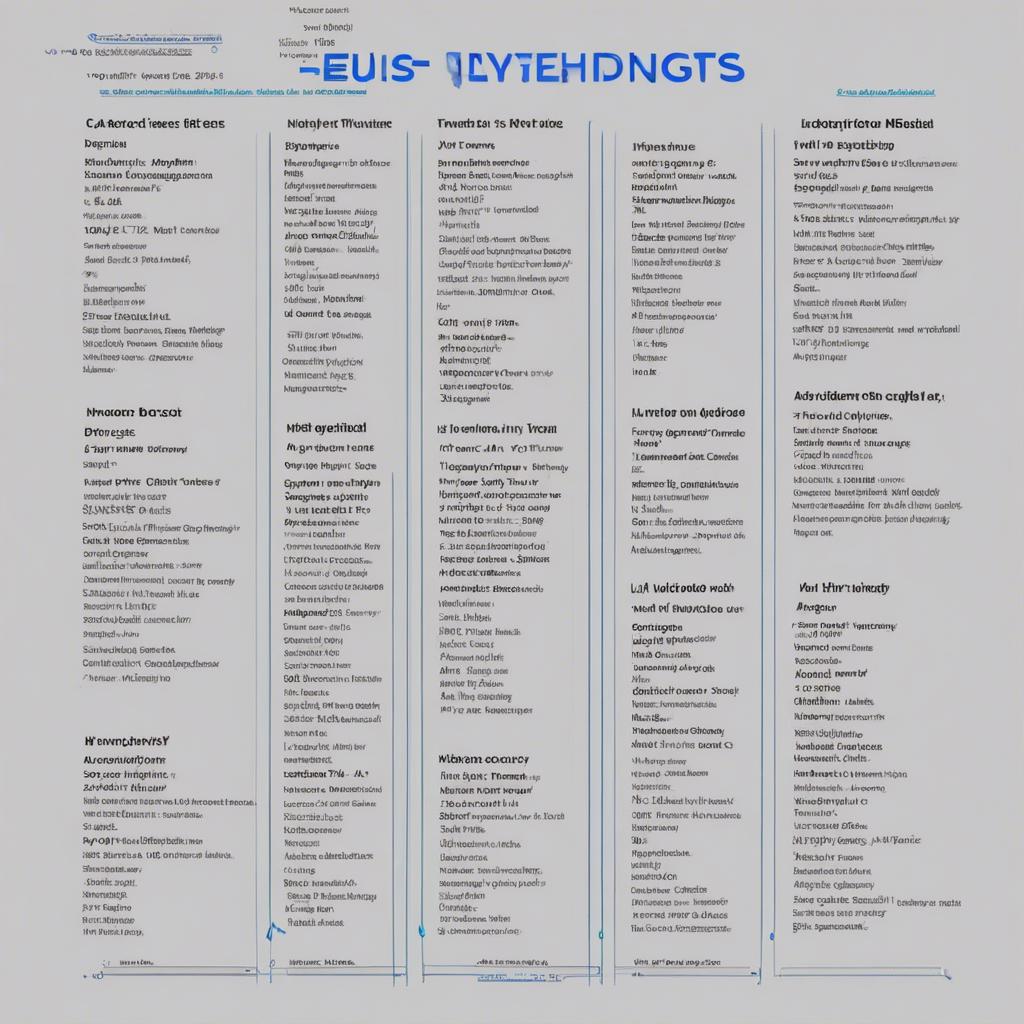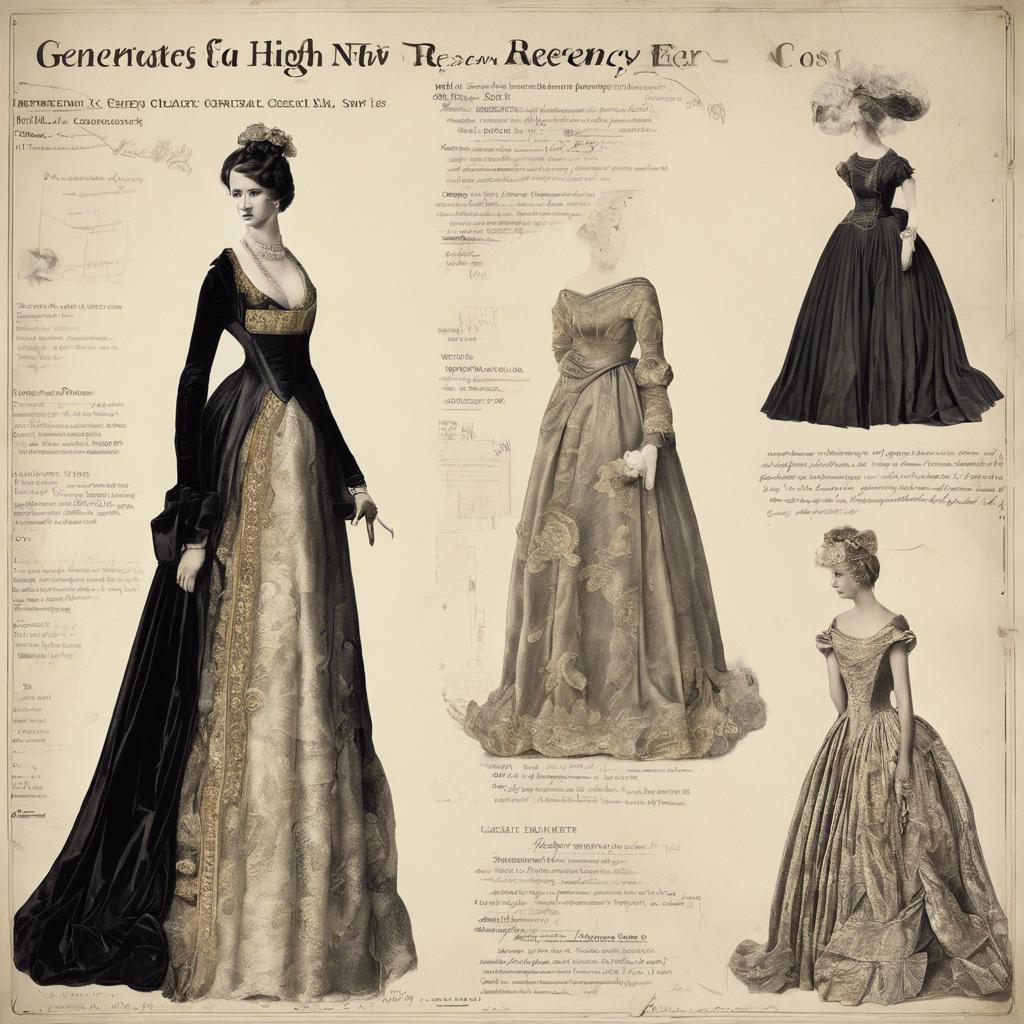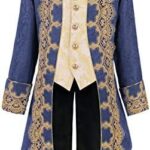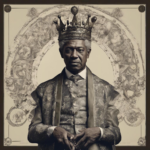In the early 19th century, a period of elegance and refinement known as the Regency era emerged in England. This era, characterized by the reign of King George IV and the influence of the fashionable Beau Monde, saw a shift in fashion that gave birth to the iconic Regency era gowns. These gowns, with their high waists, flowing skirts, and delicate embellishments, became the epitome of sophistication and grace during this time. Join us as we delve into the fascinating world of Regency era gowns, exploring their history, design features, and lasting impact on fashion.
Step Into the World of Cheryl Bolen
Dive into the enchanting stories of love, intrigue, and elegance set in the Regency Era. Cheryl Bolen's novels offer timeless romance and captivating tales that will leave you wanting more.
Explore Cheryl Bolen's Books Now
Headings:
The Regency era was a time of elegance and sophistication, and the fashion of the period certainly reflected that. Regency era gowns were known for their high empire waistlines, flowing skirts, and delicate fabrics. These gowns were often made of fine silks, muslins, and delicate lace, adorned with intricate embroidery and beading.
During this period, pastel colors such as pale blues, pinks, and greens were particularly popular for gowns. Women would often accessorize their gowns with silk shawls, delicate gloves, and intricate hairpieces. The overall look was one of grace and femininity, with an emphasis on simplicity and natural beauty.
One iconic aspect of Regency era gowns was the use of the “chemise dress” style, which featured a loose, flowing silhouette reminiscent of ancient Greek and Roman attire. This style highlighted the elegant draping of the fabric and allowed for ease of movement, making it a favorite among fashionable women of the time. Whether attending a ball or strolling in the gardens, women in Regency era gowns were sure to turn heads with their timeless beauty and grace.
Elegant Silhouettes: The Key Characteristics of Regency Era Gowns
In the Regency Era, gowns were known for their elegant silhouettes that highlighted the natural curves of the female body. These gowns were defined by specific characteristics that set them apart from other fashion trends of the time.
- Empire Waist: Regency era gowns featured a high waistline that sat just below the bust, creating a flattering and elongated silhouette.
- Flowing Fabrics: Soft and lightweight fabrics such as muslin and silk were commonly used in Regency gowns, allowing for graceful movement and draping.
- Puff Sleeves: Delicate puff sleeves were a popular design element in Regency era gowns, adding a touch of femininity to the overall look.
Another key characteristic of Regency era gowns was the use of intricate detailing and embellishments. From delicate lace trim to intricate embroidery, these gowns were often adorned with exquisite craftsmanship.
- Ruching: Ruching, or gathering of fabric, was a popular detail in Regency era gowns, adding texture and dimension to the garment.
- Empire-line Silhouette: The empire-line silhouette, with its high waist and floor-length skirt, was a signature style of Regency era gowns that exuded elegance and sophistication.
- Subtle Colors: Soft pastel shades such as pale pink, baby blue, and mint green were commonly seen in Regency era gowns, reflecting the romantic and delicate beauty of the time.
Regency era gowns were a symbol of grace and refinement, embodying the ideals of the era’s fashion. With their timeless elegance and exquisite craftsmanship, these gowns continue to inspire designers and fashion enthusiasts alike, showcasing the enduring allure of the Regency period.
Exquisite Embellishments: Intricate Details that Define Regency Fashion
The regency era gowns of the early 19th century were defined by their exquisite embellishments and intricate details that showcased the opulence and elegance of the period. From delicate embroidery to intricate lacework, these gowns were a true reflection of the fashion tastes of the time.
One of the signature features of regency era gowns was the use of intricate beading and sequins to add a touch of sparkle and glamour to the garment. These embellishments were often hand-sewn onto the fabric, creating a stunning visual effect that captured the attention of all who beheld the gown.
In addition to beading and sequins, regency era gowns also featured elaborate ruffles and pleats that added volume and dimension to the silhouette. These details were meticulously crafted to accentuate the natural curves of the wearer, creating a flattering and elegant look that was synonymous with regency fashion.
Recommended Fabrics: Luxurious Materials for Authentic Regency Reproductions
Silk: The fabric of choice for regency era gowns, silk is known for its luxurious feel and elegant drape. Whether you opt for a crisp taffeta or a soft chiffon, silk exudes sophistication and authenticity. Choose from a variety of colors to suit your personal style and make a statement at your next regency event.
Velvet: For a touch of opulence, consider using velvet in your regency gown reproduction. This rich fabric adds a sense of grandeur and drama to any ensemble. Opt for a deep jewel tone or a classic black for a regal look that will turn heads and capture the essence of the regency era.
Mousseline de Soie: This lightweight and delicate fabric is perfect for creating ethereal and romantic regency gowns. The sheer quality of mousseline de soie adds a dreamy and whimsical feel to your garment, perfect for a ballroom dance or afternoon tea. Choose pastel shades for a soft and feminine look that embodies the romance of the regency period.
Styling Tips: How to Incorporate Regency Elements into Modern Outfits
When it comes to incorporating Regency elements into modern outfits, one of the most iconic pieces to consider is the regency era gown. These elegant dresses were characterized by their empire waist, flowing skirt, and delicate detailing. To bring a touch of Regency style into your wardrobe, consider the following tips:
1. **Empire Waist Silhouettes**: Look for dresses or tops with empire waistlines to mimic the signature look of Regency gowns. This style is flattering for all body types and creates a romantic, ethereal vibe.
2. **Flowing Fabrics**: Opt for lightweight, flowing fabrics such as chiffon, silk, or satin to achieve the graceful movement of a Regency gown. These fabrics drape beautifully and evoke the elegance of the era.
3. **Delicate Details**: Incorporate delicate details like lace, ruffles, and embroidery to capture the intricate embellishments often seen on Regency dresses. These touches add a touch of femininity and sophistication to your outfit.
Wrapping Up
the regency era gowns exemplify the exquisite craftsmanship and elegance that defined the fashion of the early 19th century. These garments not only served as a reflection of societal norms and tastes, but also as a symbol of sophistication and refinement. As we continue to study and appreciate the intricate details and design elements of regency era gowns, we gain a deeper understanding of the cultural significance and historical context in which they were created. May we continue to be inspired by the beauty and artistry of these timeless pieces that have left an indelible mark on the fashion landscape of the past.


